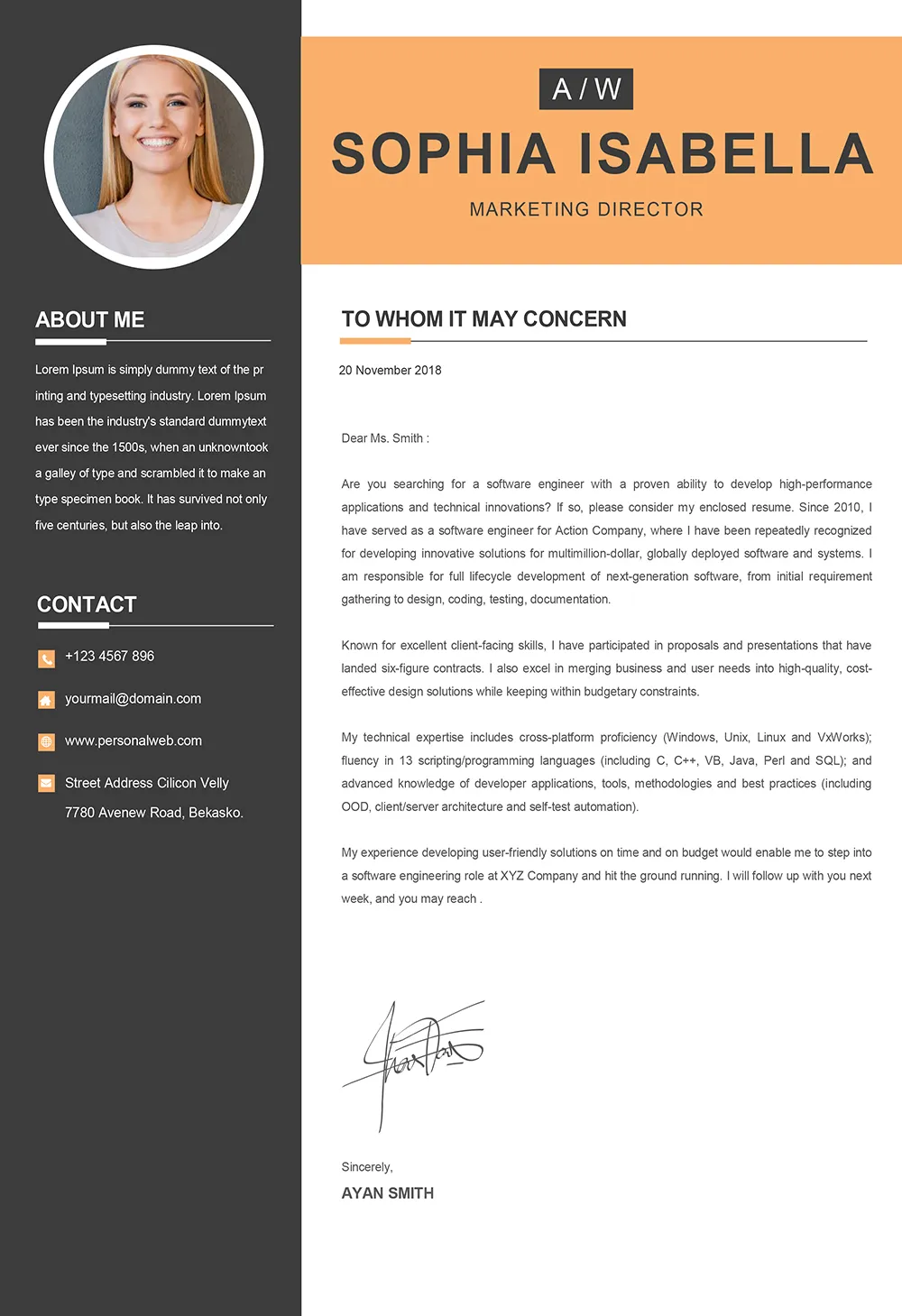What is a CV and Cover Letter Understanding the Basics
In the realm of job applications, two essential documents often stand out: the curriculum vitae (CV) and the cover letter. Both play crucial roles in introducing you to potential employers, but they serve distinct purposes and are tailored to different aspects of your professional profile. Understanding the nuances of each document is vital for making a strong first impression and increasing your chances of landing an interview. This article will delve into the core aspects of CVs and cover letters, highlighting their key differences and providing insights into how to craft effective documents that showcase your skills and experience.
What is a CV
A Curriculum Vitae, or CV, is a comprehensive document that provides a detailed overview of your academic and professional history. It’s a factual, chronological account of your qualifications, including education, work experience, skills, publications, awards, and any other relevant achievements. CVs are typically more extensive than resumes, often spanning several pages, and are particularly common in academic, scientific, and medical fields. The primary function of a CV is to present a complete record of your career, demonstrating your expertise and suitability for a specific role or opportunity.
Key Elements of a CV
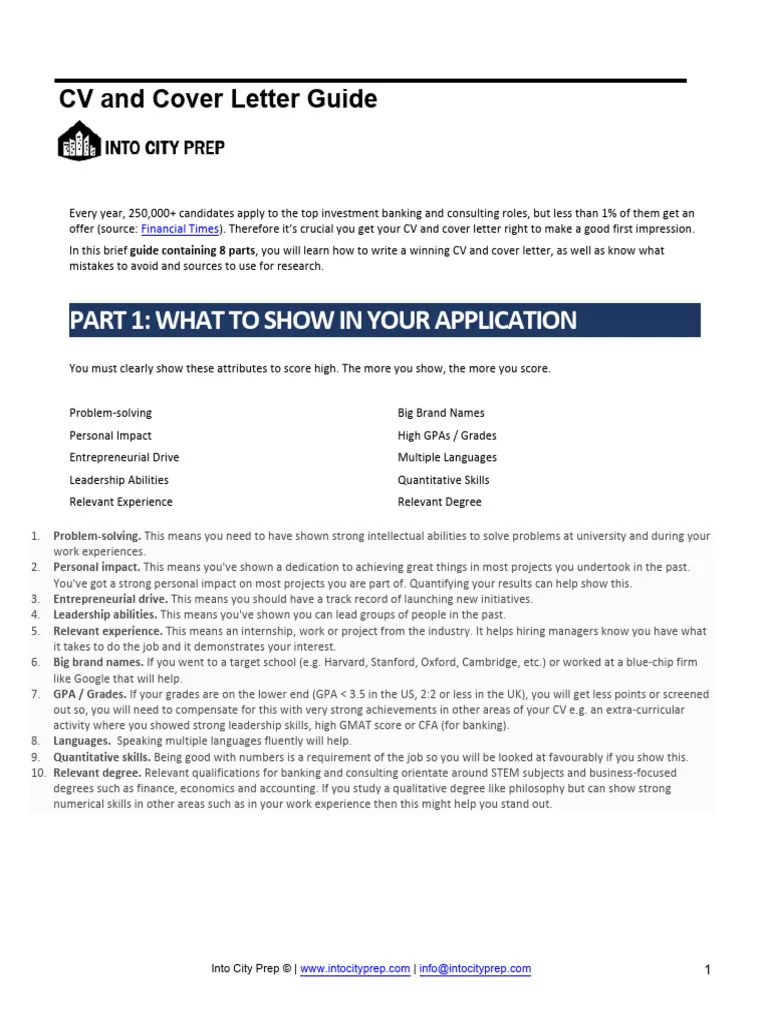
A well-structured CV includes several key components. These typically begin with your contact information, followed by a personal profile or summary highlighting your key skills and career objectives. The core of the CV comprises detailed sections on your education, work experience (in reverse chronological order), skills (both hard and soft), publications, presentations, and any awards or honors you’ve received. It may also include sections on professional memberships, certifications, and any other relevant information that supports your application. Accuracy and clarity are paramount, ensuring that all information is up-to-date and presented in a logical, easy-to-read format. (cv-elements.webp)
What is a Cover Letter
A cover letter is a concise document that accompanies your CV, serving as an introduction and a personalized narrative that complements your qualifications. Unlike a CV, the cover letter allows you to highlight your interest in a specific job, explain why you’re a good fit for the role, and showcase your personality and communication skills. Cover letters typically focus on the requirements of the job, demonstrating how your skills and experiences align with the employer’s needs. They offer an opportunity to make a compelling case for your candidacy, setting you apart from other applicants.
Key Elements of a Cover Letter
A cover letter should begin with a professional greeting and a brief statement about the position you’re applying for. The body of the letter should highlight your relevant skills and experiences, providing specific examples of how you’ve contributed to past successes. It’s crucial to tailor your cover letter to each job application, emphasizing the aspects of your background that are most relevant to the role’s requirements. The letter should conclude with a call to action, expressing your enthusiasm for the opportunity and your eagerness to discuss your qualifications further. (cover-letter-elements.webp)
Top 7 Facts CV vs Cover Letter
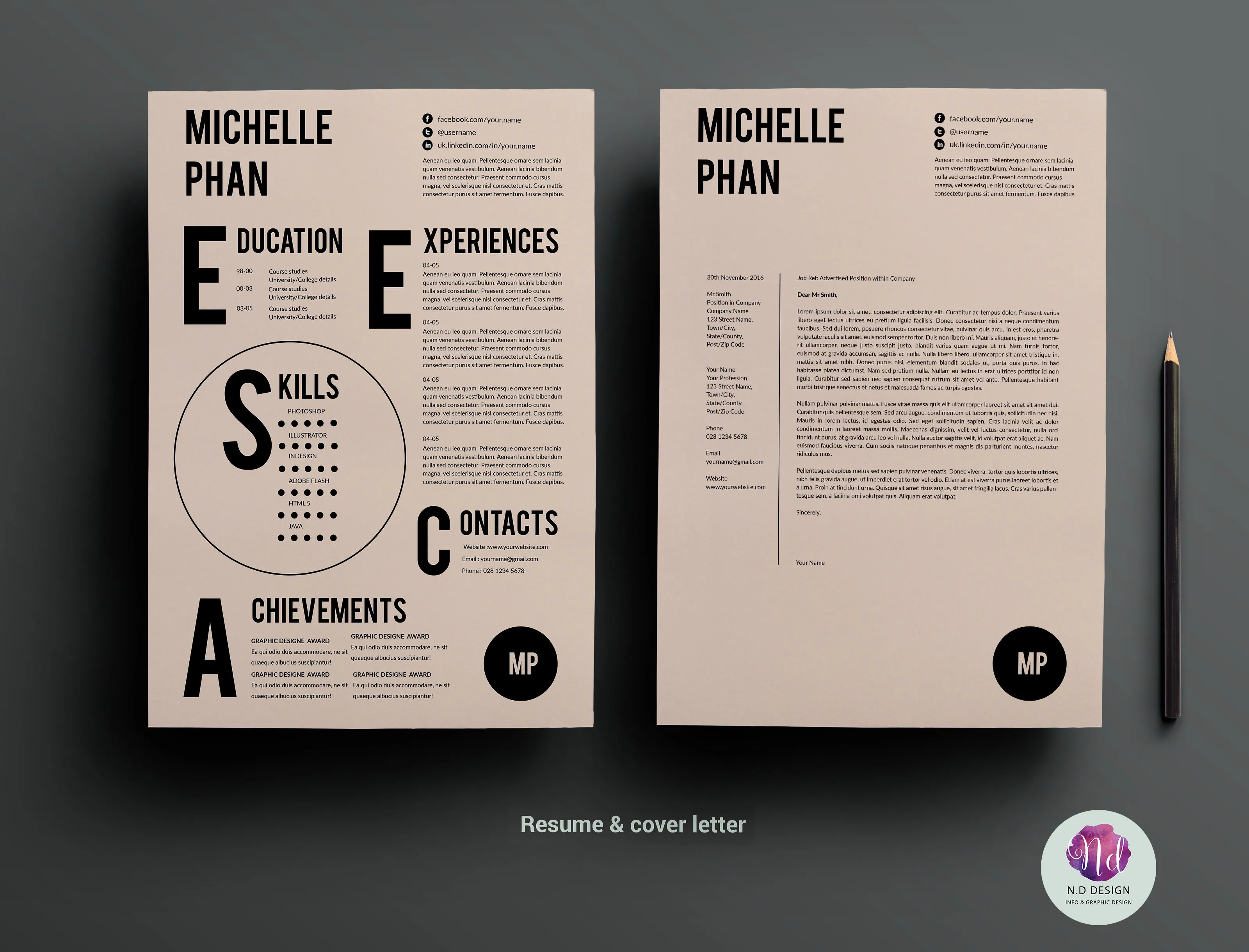
Fact 1 Purpose and Use
The CV provides a comprehensive overview of your career, used mainly in academic and research settings. The cover letter introduces you, highlights your key skills, and explains your interest in a specific job, acting as a personalized introduction and used across various industries. The cover letter allows you to make a direct appeal to the hiring manager.
Fact 2 Length and Detail
CVs are typically longer, spanning several pages, with detailed information about your entire career history. Cover letters are concise, usually one page, focusing on the most relevant information for the specific job application. CVs are meant to be exhaustive, providing a complete picture.
Fact 3 Target Audience
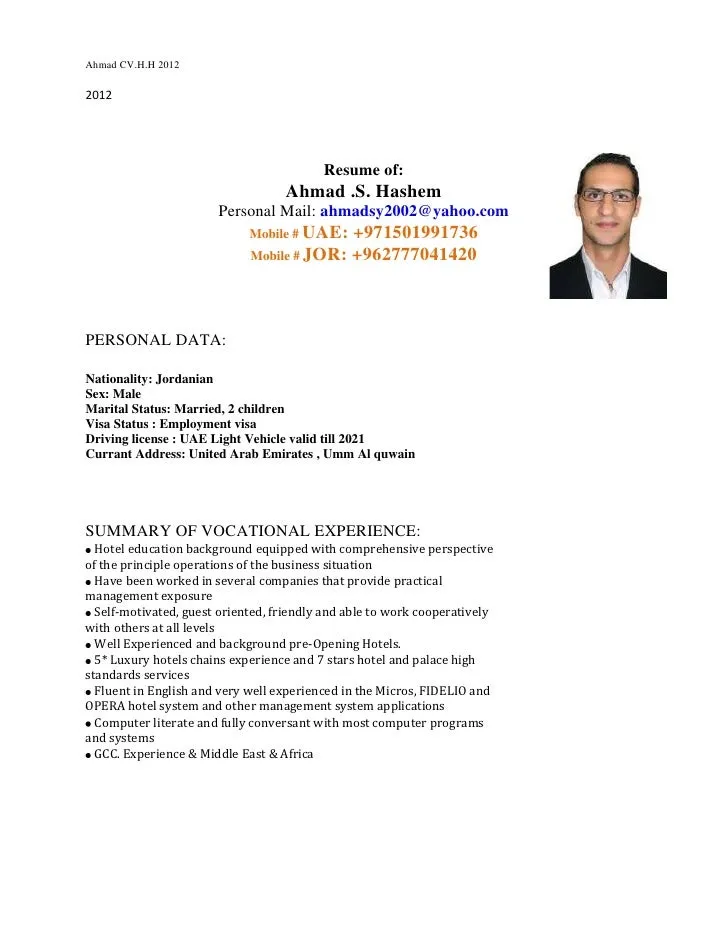
CVs are used in academic, research, and medical fields, or when applying for international positions. Cover letters are used in almost all job applications, tailored to the specific company and role. The cover letter is crafted to appeal to a specific hiring manager.
Fact 4 Content and Focus
CVs focus on facts, experience, and accomplishments. Cover letters focus on your skills, how you fit the job description, and your enthusiasm. A CV is a factual document; a cover letter is a persuasive one.
Fact 5 Formatting and Design
CVs are formatted to be easy to read, with clear sections for education, experience, and skills. Cover letters have a business letter format, with a clear introduction, body, and conclusion. Both documents should be well-organized and free of errors. (cv-formatting-design.webp)
Fact 6 When to Use Each
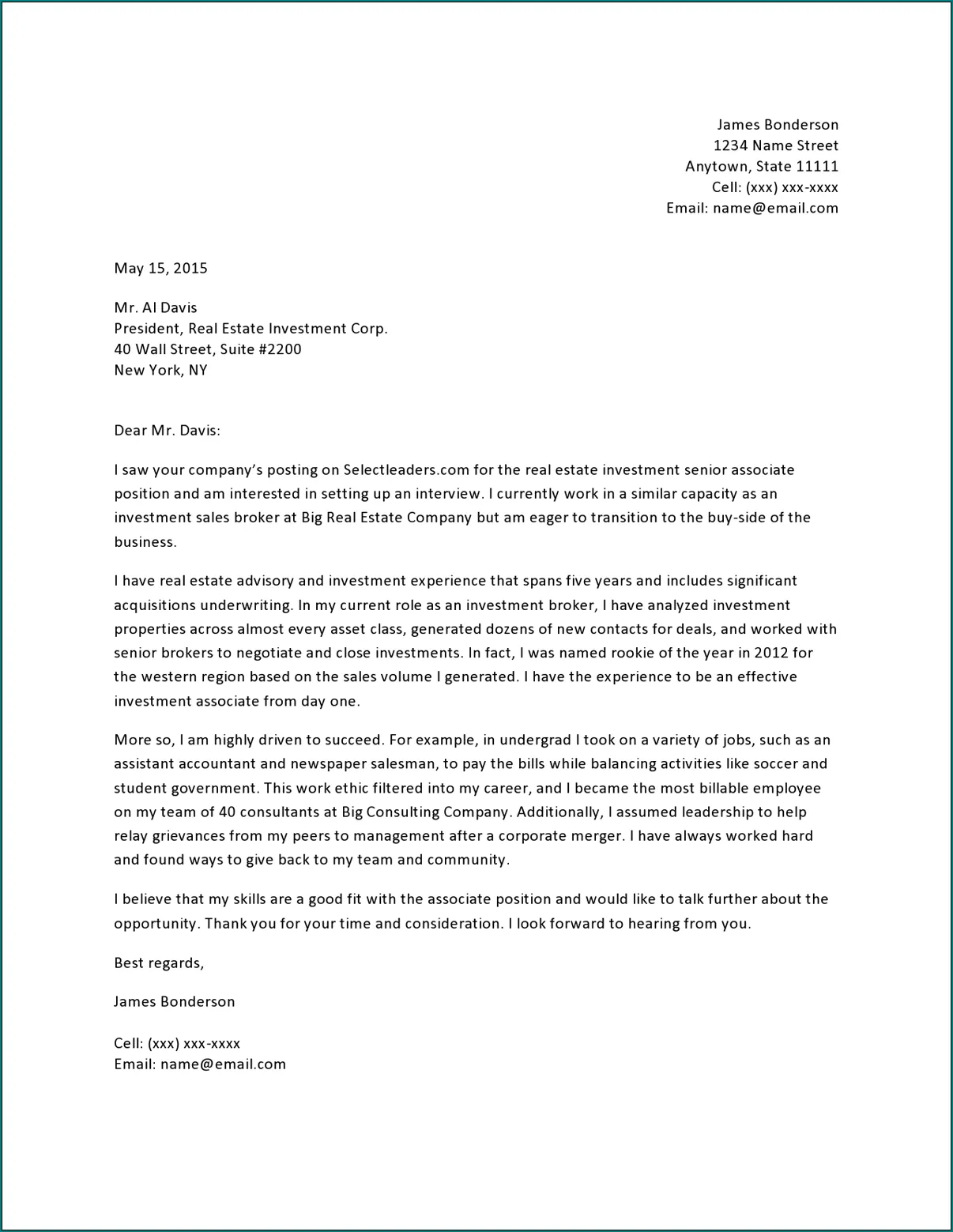
Use a CV when applying for academic, research, or medical positions, or when requested. Use a cover letter with your resume for most job applications to introduce yourself and highlight your key skills. Always tailor both documents to the specific job requirements.
Fact 7 Adaptability and Customization
CVs are generally static documents, though you may adapt sections. Cover letters must be customized for each job, highlighting the most relevant skills and experiences. The cover letter is always specifically tailored; the CV is less so.
How to Write a Compelling CV and Cover Letter
Tips for Writing a Strong CV
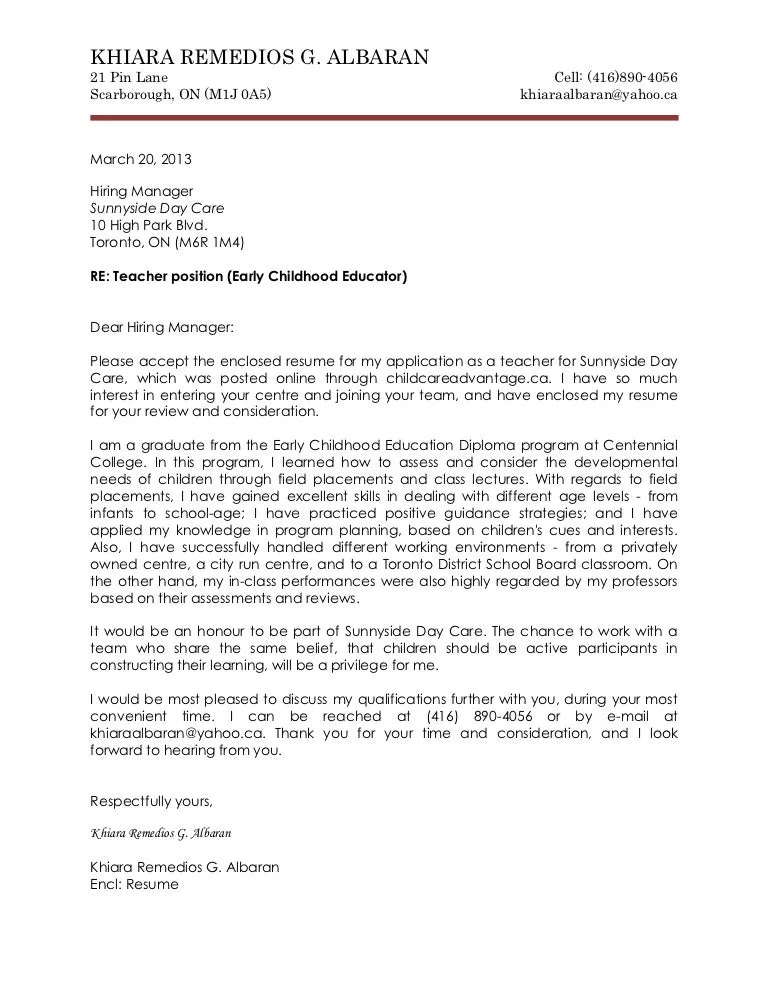
Start with a clear and concise summary or objective. Highlight your skills, experiences, and achievements using action verbs. Use reverse chronological order for your work experience. Tailor your CV to the specific job requirements. Proofread carefully for any errors. Ensure your contact information is up-to-date. (writing-cv-cover-letter.webp)
Tips for Writing a Strong Cover Letter
Address the hiring manager by name if possible. Clearly state the position you are applying for. Highlight your relevant skills and experiences. Explain why you are interested in the company and the role. Keep it concise and professional. Proofread for any grammatical errors. Express your enthusiasm for the opportunity. Tailor the cover letter to each specific job application.
Common Mistakes to Avoid
One of the most common mistakes is submitting a generic cover letter that isn’t tailored to the specific job. Failing to proofread your documents can lead to errors, affecting your credibility. Not highlighting your achievements and quantifying them with data is another missed opportunity. A CV or cover letter that is too long or contains irrelevant information can also be detrimental. It is important to avoid using jargon or overly complex language that the reader may not understand. Another key mistake is not following the instructions provided in the job description. (mistakes-to-avoid.webp)
In conclusion, both a CV and a cover letter are crucial in the job application process, each serving a unique purpose. A CV provides a detailed overview of your qualifications, while a cover letter offers a personalized introduction, highlighting your suitability for a specific role. Understanding the differences between these documents and knowing how to craft effective ones is essential for making a positive first impression and increasing your chances of securing your dream job. By following the tips and avoiding common mistakes, you can create compelling CVs and cover letters that showcase your skills, experience, and enthusiasm.
